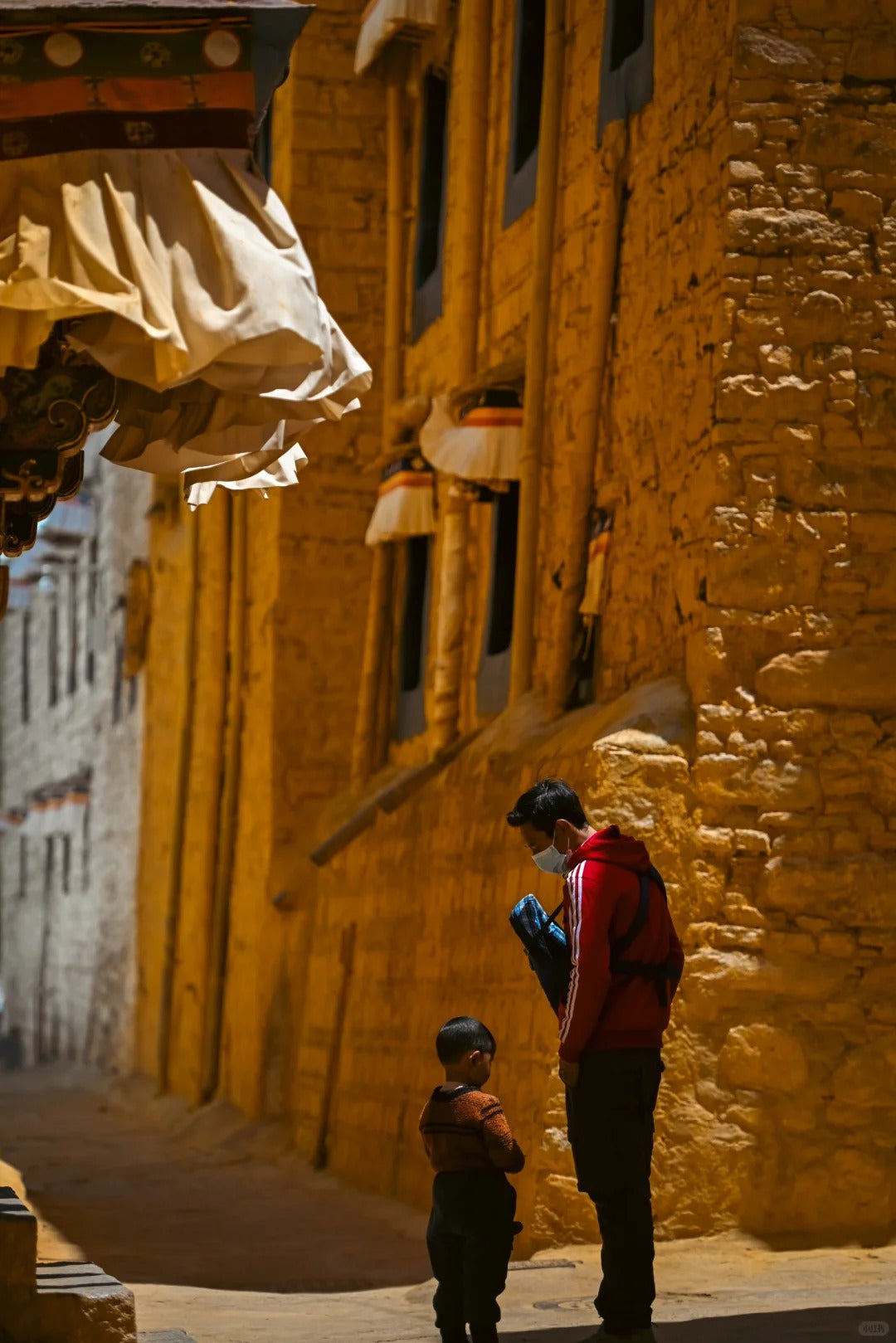
Tibetan Prayer Flags Meaning: Colors, Symbols, and Spiritual Significance
Tibetan prayer flags are a familiar sight in the Himalayas and beyond—fluttering across mountain passes, temples, and even city gardens. Their striking colors and delicate script attract curious glances, but what do these flags actually mean? Exploring the Tibetan prayer flags meaning reveals a tapestry of history, spirituality, and living tradition. In this article, you’ll discover the origins, symbolism, and proper use of Tibetan prayer flags, as well as their relevance in a modern, global context—all supported by reputable and accessible references.
The Origins of Tibetan Prayer Flags
Tibetan prayer flags have their roots in the ancient Bon tradition, predating Buddhism in Tibet. Bonpo shamans used colored flags to harmonize the environment and appease spirits1. With the advent of Buddhism in Tibet during the 7th century, these flags evolved—incorporating Buddhist mantras, symbols, and prayers meant to benefit all sentient beings2.
Today, the practice of hanging prayer flags is closely associated with Tibetan Buddhism, but their messages of compassion, peace, and interconnectedness are universal.
Tibetan Prayer Flags Meaning: More Than Decoration
At the heart of Tibetan prayer flags meaning is the intention to spread goodwill and compassion throughout the world. Unlike many Western notions of prayer, these flags are not addressed to a deity for personal benefit. Instead:
- Prayers for All Beings: The wind activates and spreads the prayers and blessings written on the flags, carrying them outwards to benefit everyone.
- Harmonizing the Elements: The flags are believed to balance the five elements (earth, water, fire, air, space), contributing to harmony and healing in the environment3.
- Reminder of Impermanence: As the flags fade and fray in the wind and sun, they serve as a poignant reminder of life’s ever-changing nature—a core Buddhist teaching4.
The Five Colors: Elements, Directions, and Meaning
The sequence and symbolism of the five colors are central to Tibetan prayer flags meaning. Each color represents an element, a direction, and a quality:
| Color | Element | Direction | Symbolism |
|---|---|---|---|
| Blue | Sky/Space | East | Wisdom, vastness |
| White | Air/Wind | West | Purity, healing |
| Red | Fire | South | Energy, transformation |
| Green | Water | North | Balance, harmony |
| Yellow | Earth | Center | Stability, grounding |
The order of the colors is always blue, white, red, green, yellow—reflecting the balance of nature and the interconnectedness of all things5.
Mantras and Sacred Symbols
Tibetan prayer flags are adorned with sacred texts and images. The most common include:
- Mantras: The mantra “Om Mani Padme Hum” is frequently featured, invoking the blessings of Avalokiteshvara, the bodhisattva of compassion6.
- Wind Horse (Lungta): A mythical creature representing uplifted fortune and life force, often at the center of the flag.
- Deities and Auspicious Symbols: Images of deities such as Tara or Guru Rinpoche, and symbols like the “Eight Auspicious Symbols” (Ashtamangala), amplify the positive intentions.
Each symbol and syllable is chosen to maximize the prayer’s power and spread blessings far and wide7.
When and How to Hang Tibetan Prayer Flags
Hanging prayer flags is itself a ritual act, performed with intention and awareness. Traditionally, flags are hung on auspicious days, as determined by the Tibetan calendar8. Here are some tips:
- Choose the Right Place: High points, such as rooftops, mountain passes, or between sacred trees, are favored so the wind can carry the prayers.
- Respect the Order: Always string the flags in the traditional color sequence.
- Mindful Renewal: Replace old, faded flags with new ones, ideally with gratitude for the blessings given and received.
The Global Spread and Modern Use of Prayer Flags
Tibetan prayer flags now appear worldwide, from Buddhist temples to yoga studios and peace marches. While their spiritual meaning remains rooted in Tibetan Buddhism, their messages of hope, peace, and compassion resonate universally9.
Some modern versions feature prayers for environmental preservation, social justice, and world peace—a testament to their enduring relevance.
Tibetan Prayer Flags Meaning in Daily Life
Whether you follow Buddhist practice or simply appreciate the beauty and message of the flags, their presence can enrich your everyday experience:
- Mindfulness: Watching the flags flutter can inspire moments of reflection and gratitude.
- Connection: Hanging flags with friends or family can become a shared ritual of hope and intention.
- Inspiration: The colors and mantras can serve as reminders to cultivate qualities like patience, courage, and compassion in daily life.
Cultural Sensitivity and Ethical Sourcing
If you choose to display Tibetan prayer flags, do so with respect for their origins and meaning. Here are some guidelines:
- Learn the Tradition: Understand the meaning behind the colors and symbols before displaying the flags.
- Support Authentic Artisans: Buy from sources that support Tibetan communities and use traditional, eco-friendly materials10.
- Proper Disposal: When flags become too worn, they may be respectfully burned or buried—never discarded carelessly.
Scientific Insights: Ritual, Symbolism, and Well-being
While the prayers themselves may be spiritual, scientific studies show that rituals and meaningful symbols can reduce anxiety, foster community, and support well-being11. The act of hanging Tibetan prayer flags—especially when done mindfully—can become a powerful ritual for personal and collective healing.
Real Voices: Stories of Tibetan Prayer Flags
“For me, hanging prayer flags is a way to send my hopes into the world—even if I’m far from Tibet.”
— Sonam, Tibetan-American
“Each color reminds me to be present and compassionate, no matter what the day brings.”
— Leah, yoga teacher
Conclusion: Tibetan Prayer Flags Meaning for Our Times
Tibetan prayer flags meaning is as relevant today as ever. They are a living tradition—bridging ancient wisdom and modern hope, personal intention and global compassion. Whether you hang them on a mountain or in your backyard, their message is clear: may peace, health, and happiness be carried by the wind to all beings.